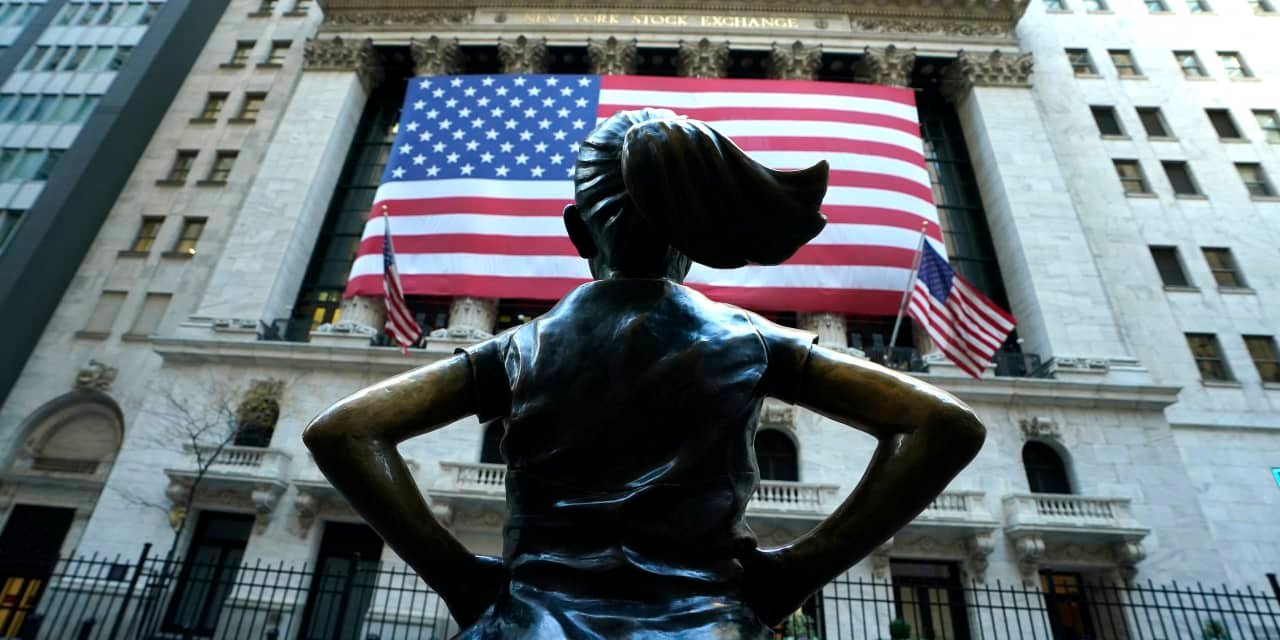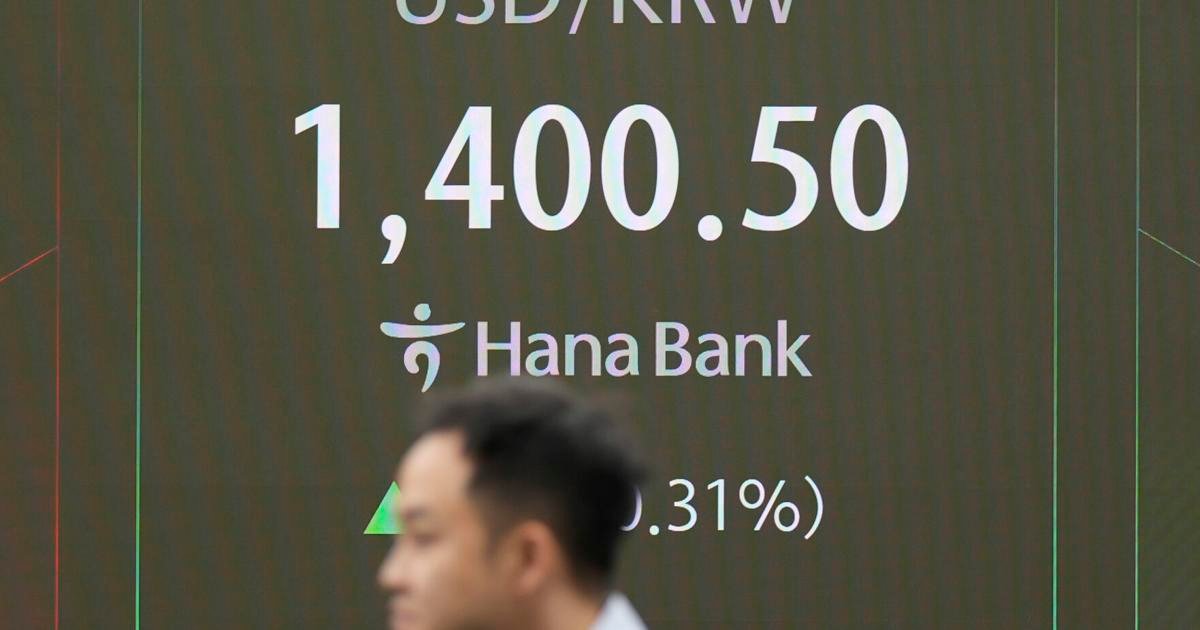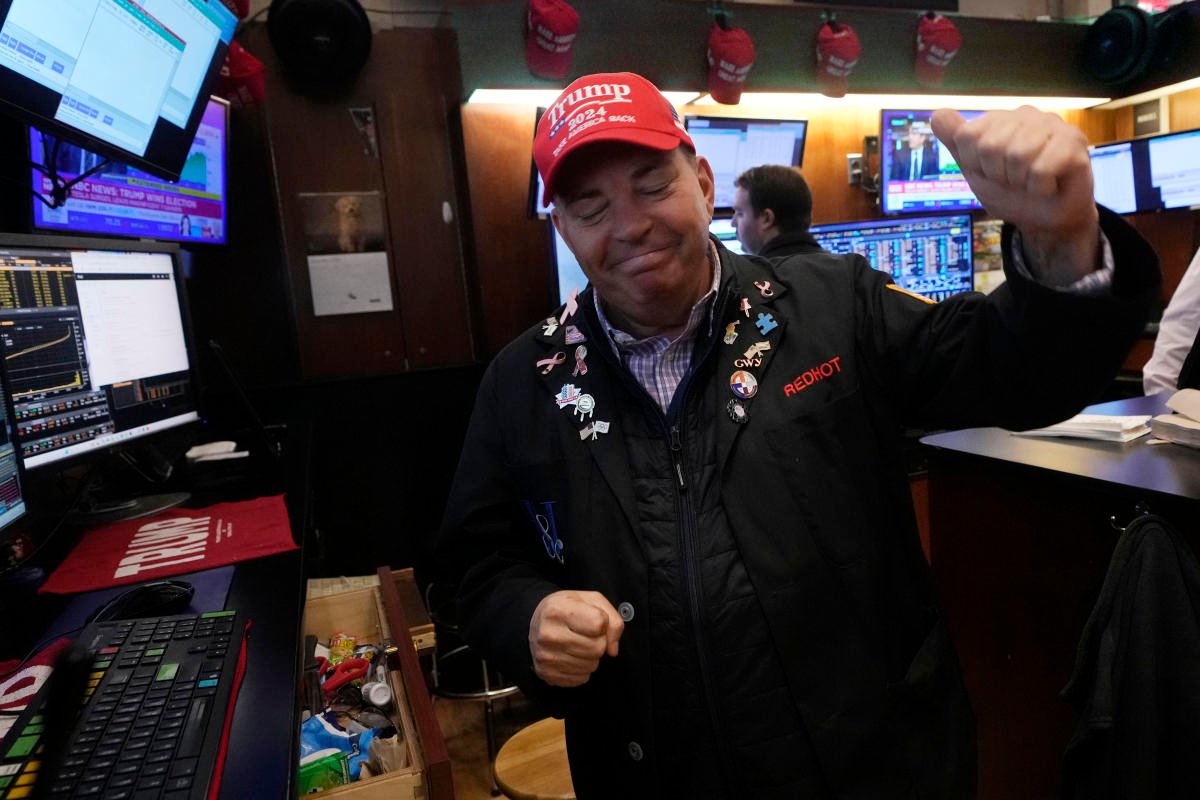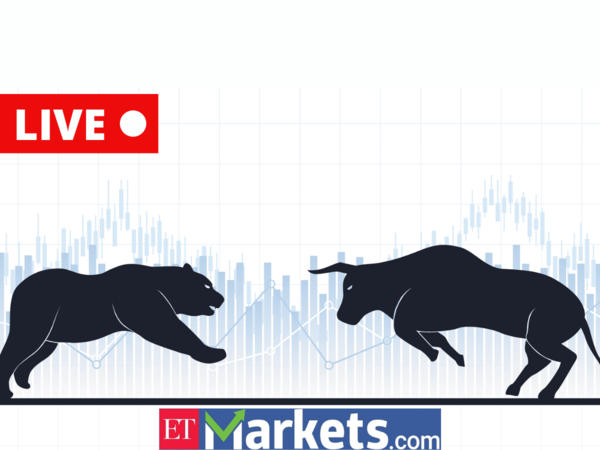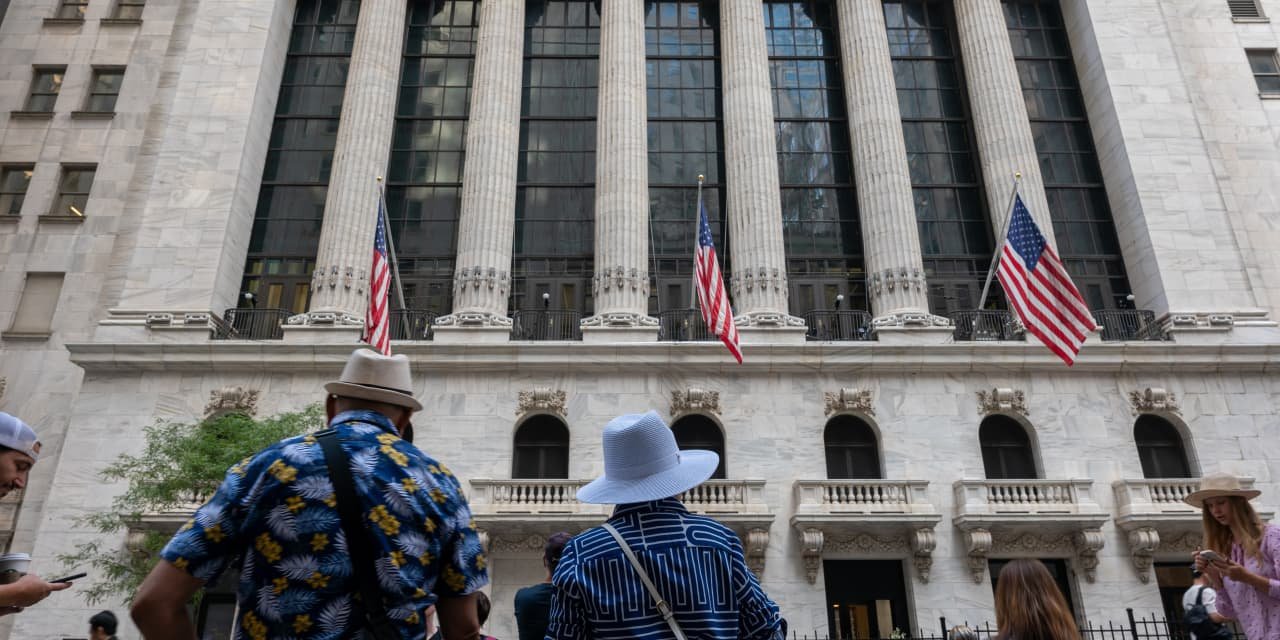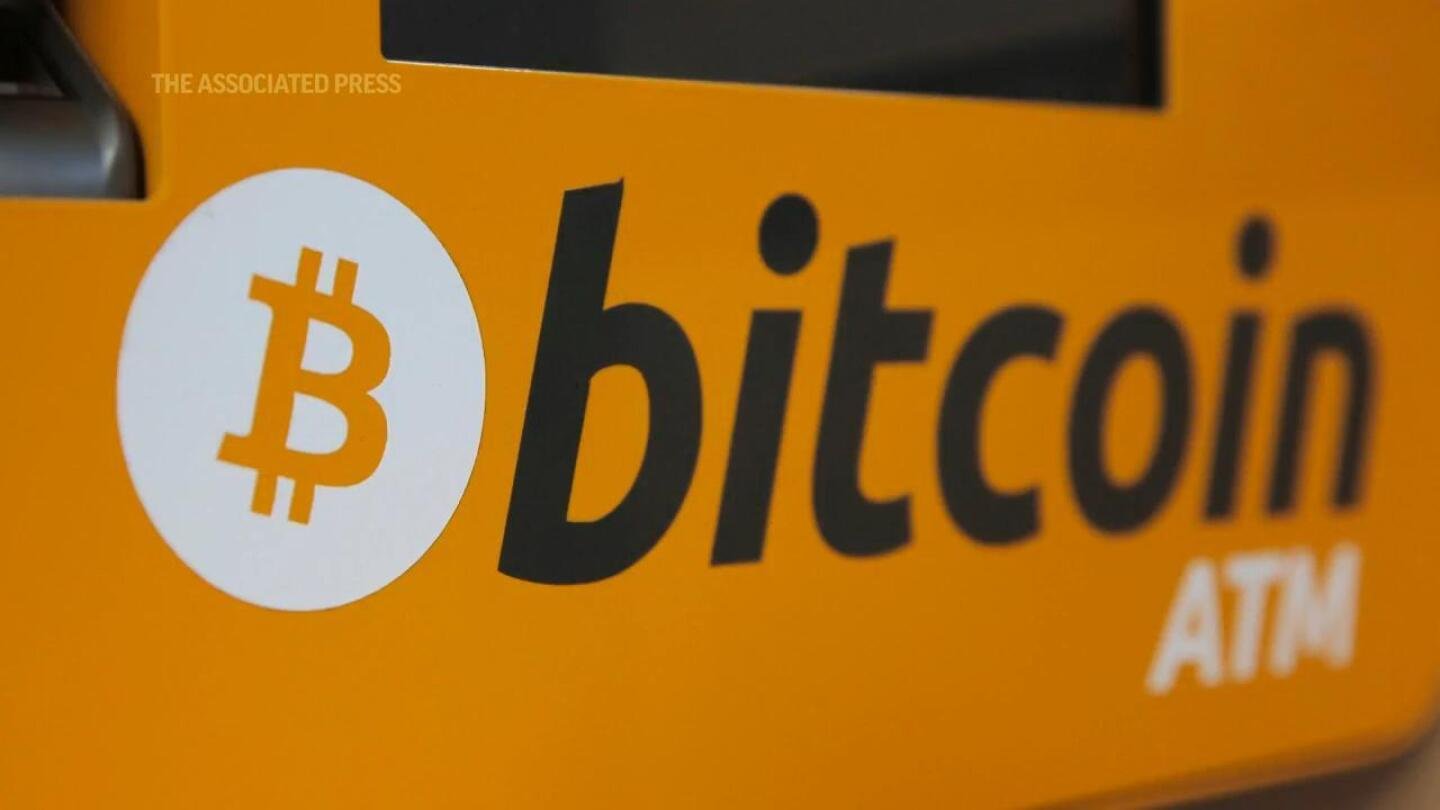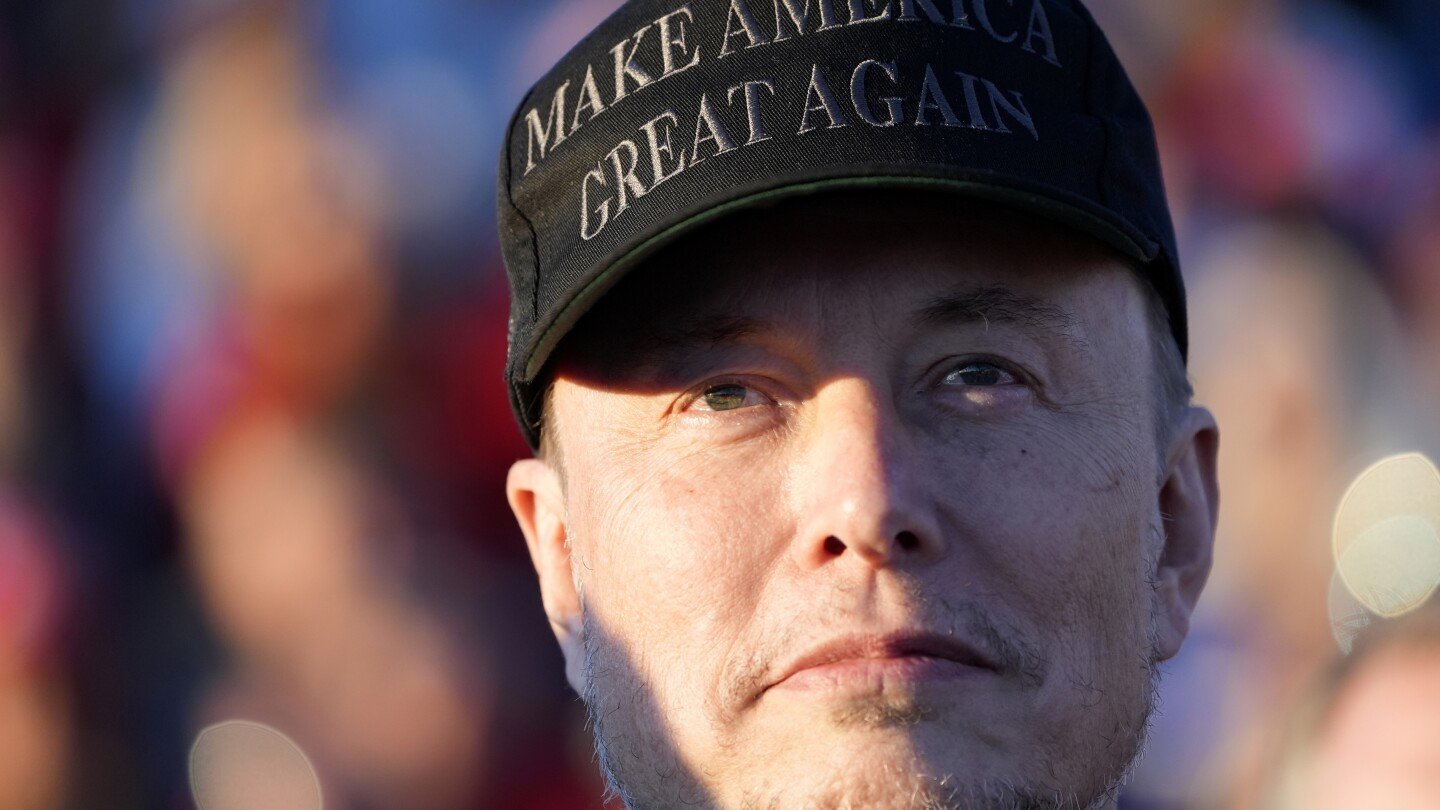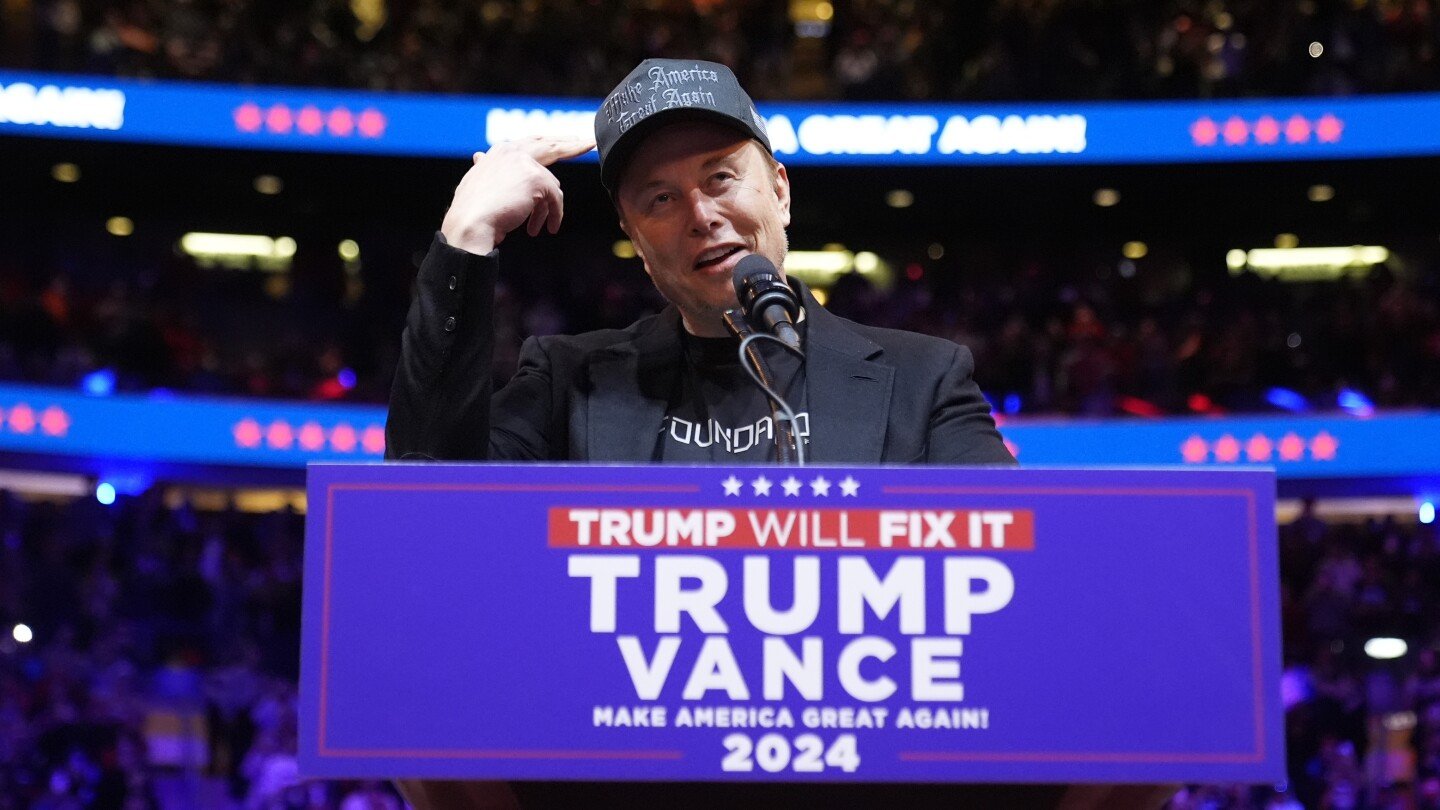Here are the top stories to read ahead of Thursday trading:
Latest Updates
Gold prices climbed on Thursday, looking to recoup some of the losses from a day earlier, when they posted the biggest one-day dollar drop in more than three years.
In Thursday dealings, December gold was up $26.50, or 1%, at $2,702.80 an ounce on Comex. It settled Wednesday at $2,676.30, down 2.7%, or $73.40 — the largest daily dollar decline for a most-active contract since June 2021, according to Dow Jones Market Data.
“Following the election results, it’s natural for investors to look at the short-term price dip and wonder what it means for the asset’s future performance,” said Joe Cavatoni, senior market strategist at the World Gold Council, in emailed commentary. “What we would urge them to remember is that it’s really policy over party: the direction of the [U.S. dollar] and rates remain more important than the market’s reaction to the election as an event.”
He continued: “We’ll know more about how the Trump administration may affect prices in the next three to six months once there is more clarity on policy.” However, he added, “if potential tax cuts, higher spending and tariffs come to fruition, there may be an impact on the Fed’s rate cycle that influences gold price performance throughout 2025.” The Federal Reserve is widely expected to announced a cut in interest rates at the conclusion of its meeting Thursday afternoon.
The Dow is falling, even though most of its components are gaining, as the shares of its banking members JPMorgan and Goldman Sachs are combining to cut about 134 points off the Dow’s price.
Goldman’s stock is the biggest drag, as it was sinking $10.36, or 1.7%, to shave 68 points off the Dow. JPMorgan’s stock was shedding $10.11, or 4.1%, to wipe away 66 points.
The Dow was down 18 points, with 18 of 30 components gaining ground.
Investors were hitting the brakes on some so-called “Trump trades” on Thursday following the euphoric reaction to Trump’s electoral triumph.
For one, Treasury yields turned lower, erasing some of Wednesday’s sharp rise. The yield on the 10-year note was down 8 basis points in recent trade at 4.360%. The U.S. dollar also sank, with the ICE U.S. Dollar Index down 0.7% at 104.36 after hitting its strongest level in months.
Financials, energy and industrials stocks, three sectors that saw strong gains on Wednesday, tumbled on Thursday. Meanwhile, the SPDR S&P Regional Bank ETF was down more than 2%.
Perhaps the most obvious: Shares of Trump Media & Technology Group Co. tumbled more than 20%. Bitcoin prices moved slightly lower as well.
The Dow Jones Industrial Average, which tallied its strongest post-election-day performance since the late 19th century on Wednesday, was flitting between modest gains and losses.
Copper prices were up sharply on Thursday, with an analyst attributing the rise to expectations that Donald Trump’s presidency would lead to additional tariffs on Chinese goods, prompting China to boost efforts to stimulate its economy.
A Trump presidency may usher in additional tariffs on Chinese goods and prompt the People’s Bank of China “into a position of having to announce additional stimulus efforts to combat the effects of higher tariffs on Chinese products,” said John Caruso, senior market strategist at RJO Futures.
More Chinese stimulus is generally viewed as a positive for copper demand as China is the world’s largest consumer, he said. The longer term view for copper prices and demand remains “very favorable from here.”
Copper for December delivery was up 16.9 cents, or 4%, at $4.4155 a pound on Comex. Based on the most-active contract, prices were on pace for their biggest on-day gain since Nov. 11, 2022, according to Dow Jones Market Data.
There’s a chance Wall Street might be overestimating the likelihood that a second Trump administration could cause inflation to reaccelerate, according to one market strategist with a doctorate in economics.
James Thorne, chief market strategist at Wellington-Altus, told MarketWatch on Thursday that Wall Street is underestimating Donald Trump’s willingness to take an axe to the federal budget deficit.
“I think we have to take Elon Musk at face value when he says he’s going to cut $2 trillion out of the budget,” Thorne said.
Such massive cuts could drive the U.S. economy into a recession. However, it’s likely the economy is headed there anyway, Thorne said, asserting that the lagged effects of the Fed’s interest-rate hikes are already starting to take a toll, with the full brunt likely to be felt in the economy by mid-2026.
The rise in Treasury yields on Wednesday reflects, in part, the notion that more deficit spending and tariffs proposed by Trump could help rekindle inflation. Yields were retracing much of this rise on Thursday, however, with the 10-year note down 9 basis points at 4.349%.
SOURCE: DOW JONES MARKET DATA
The S&P 500 on Wednesday saw its best post-election day in history, jumping over 2.5% to a fresh all-time high. While the Trump trade euphoria boosted the stock-market sentiment, it also was rare.
History shows the previous ten 2.5% gains for the S&P 500 all happened in the bear market of 2022.
For example, the last time the S&P 500 rose 2.5% prior to yesterday was Nov. 30, 2022 when Fed Chair Jerome Powell confirmed that the central bank may deliver a smaller interest-rate hike in December that year. But that advance was followed by a 3.6% decline over the following week and a nearly 6% slump over the next month, according to Dow Jones Market Data.
Since 1950, the S&P 500 has averaged a 0.2% decline one week after posting a 2.5% gain, while booking an average of 0.3% advance in the following month (see table above).
However, the large-cap index has averaged a nearly 8% return six months after posting a 2.5% gain, according to Dow Jones Market Data.
— Mike DeStefano contributed
Shares of an exchange-traded fund that targets seven closely watched Big Tech stocks were up sharply Thursday morning, extending their big climb following Donald Trump’s victory in the race for U.S. president.
The Roundhill Magnificent Seven ETF was gaining 1.5% in morning trading, after surging 4.1% on Wednesday, according to FactSet data, at last check. The ETF holds shares of Apple Inc., Microsoft Crop., Google parent Alphabet Inc., Amazon.com Inc., Nvidia Corp., Tesla Inc. and Facebook parent Meta Platforms Inc., all of which were rising Thursday morning.
Here’s how an increasingly likely “red wave” scenario in the wake of the U.S. election changes the forecasts for inflation, rates, unemployment and GDP, according to Deutsche Bank (Deutsche Bank Research)
Voters were fed up with inflation. That has been a popular take on why a “red wave” looks increasingly likely, giving Republicans broad scope to enact their policy agenda by controlling both the White House and Congress.
A “red wave,” if it materializes, also could backfire.
Here’s how a sweep by Republicans could change the U.S. economic outlook when it comes to inflation and interest rates (higher), gross domestic product (higher) and unemployment (lower) versus before the election, according to a team led by Jim Reid, Deutsche Bank’s global head of economics and thematic research.
Vistra’s rapidly growing earnings are powering the energy stock higher on Thursday, extending gains that were already best in the S&P 500 for the year.
The electricity and power-generation company reported operating revenue of $6.3 billion, up from $4.1 billion a year before. Net income surged to $1.8 billion from $502 million. “Our integrated model, which combines retail and generation with a strong commercial acumen, continues to deliver results for our many stakeholders,” Chief Executive Jim Burke said in a release.
Vistra shares are up nearly 6% in morning action Thursday. That brings year-to-date gains to 249%. Palantir’s stock ranks second, up 228% on the year, and Nvidia’s is third, up 197%.
Financial-market participants were continuing to assess the likely ramifications of a second Trump administration on the Federal Reserve’s future interest-rate policy, ahead of the central bank’s policy announcement on Thursday.
While traders’ expectations for a 25-basis-point rate cut this afternoon are nearly 100% in the futures market, “there’s a lurking concern that future easing may be stymied by higher deficits coupled with potentially higher inflation that are generally perceived to be the downside to the pro-growth Trump platform,” said Quincy Krosby, chief global strategist for LPL Financial in Charlotte, N.C.
This afternoon’s press conference “should be telling as Fed Chair [Jerome] Powell will certainly be inundated with questions regarding the effects of an unrestrained fiscal agenda,” Krosby said. “Powell is no doubt preparing and his answers by necessity will be designed to keep the market from making broad assumptions about Trump’s ultimate policies.”

